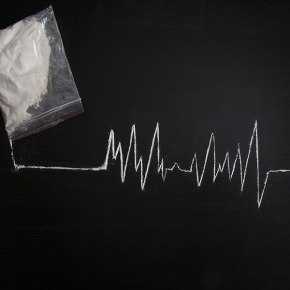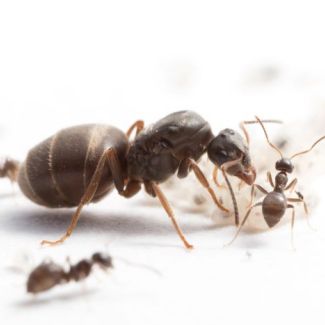
A brain signature that predicts vulnerability to addiction
A team of neurobiologists at the Institut de Neurosciences de la Timone (CNRS/Aix-Marseille Université) has just shown that within a population of rats it can predict which will become cocaine addicts. One of the criteria for addiction in rats is the compulsive search for a drug despite its negative consequences. Scientists observed abnormal activity in a specific region of the brain, the subthalamic nucleus, only in future addicted individuals, and did so before they were exposed to ‘punishment’ associated with the seeking for the drug. These results, which have just been published online by PNAS, also indicate that it is possible to reduce this compulsive cocaine-seeking behaviour in rats by stimulating the subthalamic nucleus, confirming its interest as a target in the treatment of addiction.
Subthalamic low frequency oscillations predict vulnerability to cocaine addiction. Degoulet M, Tiran-Cappello A, Combrisson E, Baunez C & Pelloux Y. PNAS, April 6, 2021. DOI: 10.1073/pnas.2024121118


